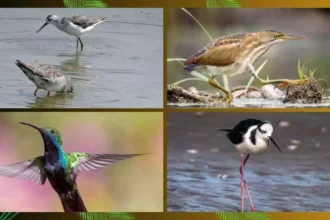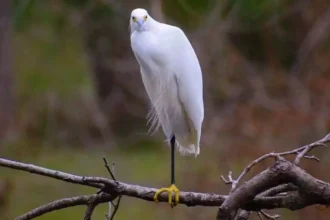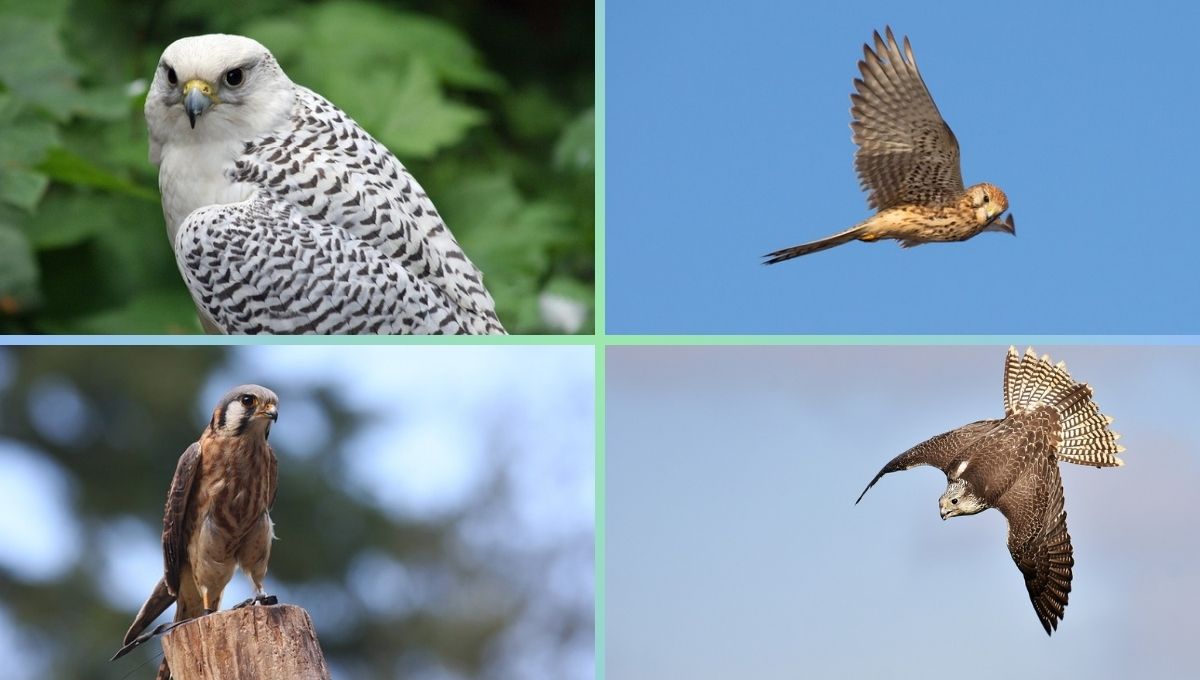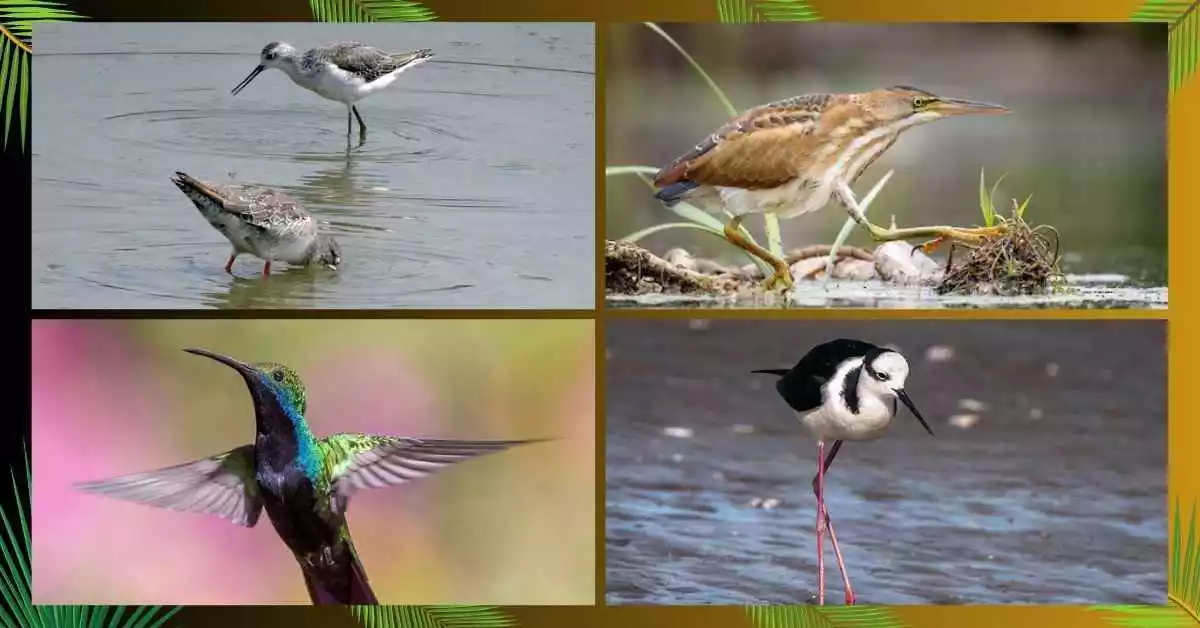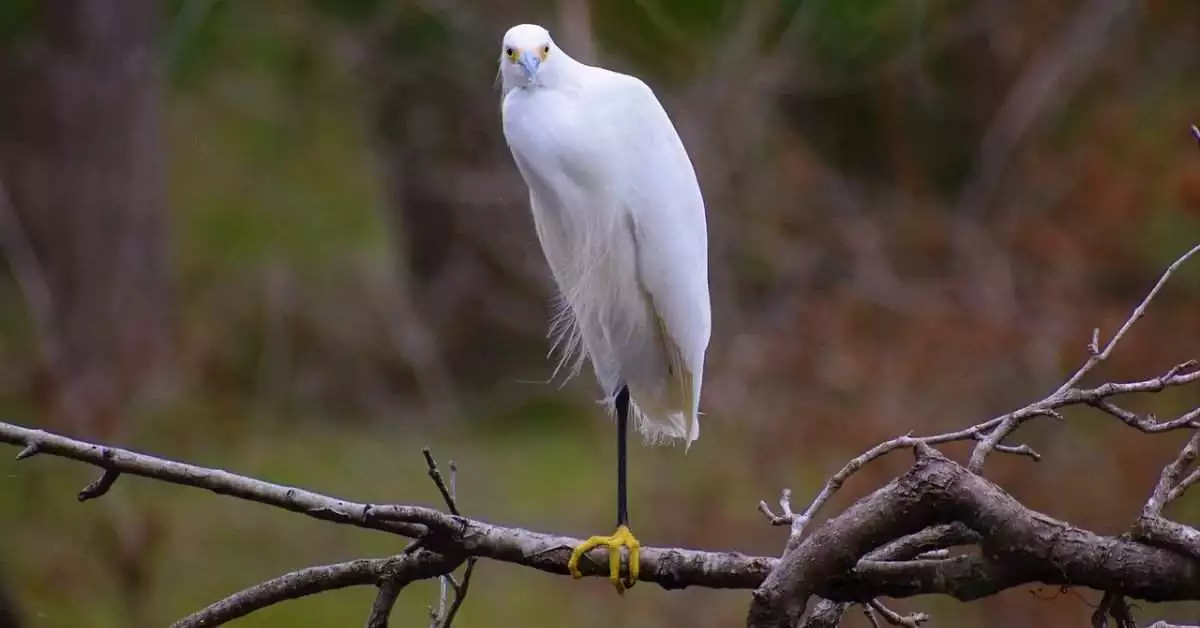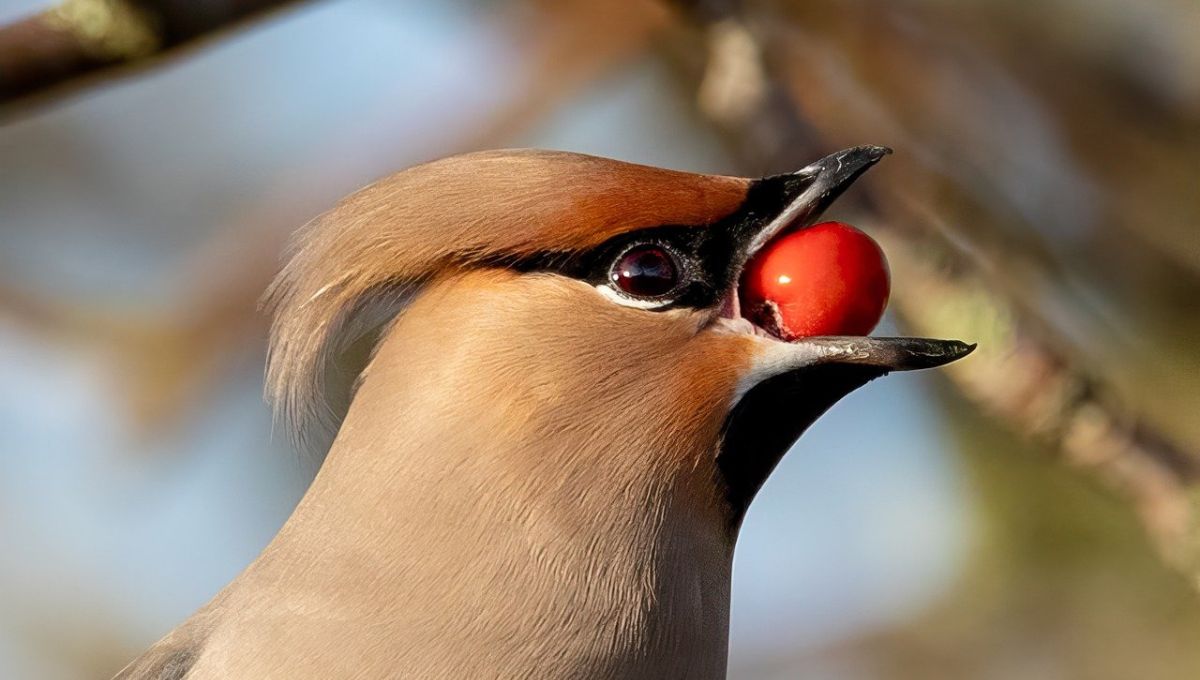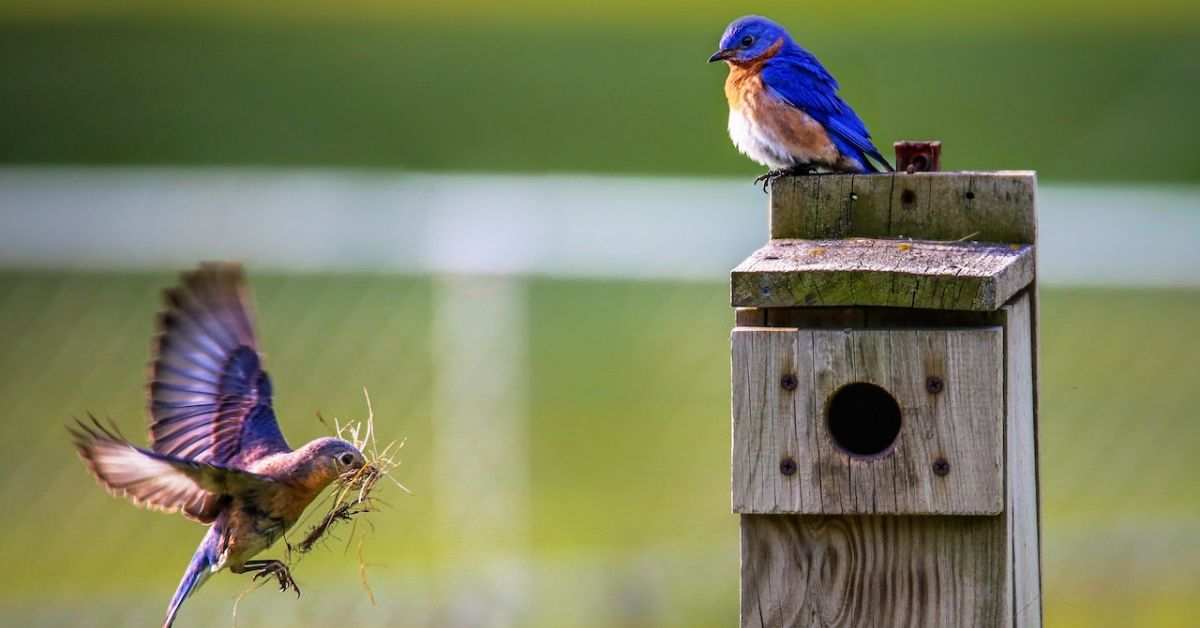Falcons are some of the most amazing birds of prey in the world. They are known for their incredible speed, agility, and hunting prowess. Arizona is home to five different species of falcons, each with its own unique appearance and behavior.
In this blog post, we will take a closer look at the different types of falcons found in Arizona. We will learn about their habitats, diets, and hunting techniques. We will also discuss the important role that falcons play in the Arizona ecosystem.
So if you are interested in learning more about these fascinating birds, keep reading!
Types of Falcons in Arizona
There are five species of falcons found in Arizona: the American Kestrel, Merlin, Peregrine Falcon, Prairie Falcon, and Crested Caracara.
1. American Kestrel in Arizona

The American Kestrel is a small, colorful bird of prey that you can find all over Arizona. It’s known for its beautiful feathers and interesting hunting habits. American Kestrels are also the common types of falcons in Alabama.
Habitat: These kestrels are pretty flexible and can live in different places like grasslands, deserts, woodlands, and even cities. You’ll often see them perched on telephone wires or fences.
Size and Appearance: American Kestrels are one of the smallest birds of prey in North America. They’re about 9-12 inches long with a wingspan of 20-24 inches. The guys have cool blue-gray wings with rusty backs and tails, while the girls are more subtle with brown stripes and spots. Both have a cool black “mustache” on their faces.
Diet: These birds love meat and eat things like bugs, small mammals, birds, and lizards. Bugs, like grasshoppers and beetles, are their go-to snacks, especially when they’re making babies.
Behavior and Habits: Watch out for American Kestrels hovering in the air as they hunt. They can stay still in the sky while they search for food on the ground. They’re also great fliers and can make sharp turns in the air. You’ll know it’s them when you hear their high-pitched “klee, klee, klee” calls.
Nest: Kestrels usually make their homes in tree holes, but they’re pretty crafty and will nest in old woodpecker holes, buildings, or nest boxes. The lady kestrels lay about 3-7 eggs, and it takes about a month for them to hatch. Both mom and dad help feed and take care of the baby kestrels.
Where to Find in Arizona: You can spot American Kestrels all over Arizona. Look for them in fields, grasslands, along roads, and even in cities where they hang out on power lines and buildings.
Breeding Season: Kestrels in Arizona usually have babies from March to July, but it can vary depending on the weather and food. Sometimes they even have more than one set of babies in a year.
2. Merlin Falcons in Arizona:

Merlin Falcons (Falco columbarius) is another fascinating bird of prey you can find in Arizona. They are known for their speed and agility in flight, making them a remarkable species to observe.
Habitat: Merlin Falcons prefer open habitats such as grasslands, marshes, and open woodlands. They can also be found in urban areas and can sometimes be spotted perched on buildings or trees.
Size and Appearance: Merlin Falcons are small raptors, measuring about 9-12 inches in length with a wingspan of 20-24 inches. They have a compact, stocky build and distinctive dark streaks on their pale undersides. Adult males usually have bluish-gray plumage with a rusty orange tint on their breasts, while females and young birds have brownish-gray plumage with streaks.
Diet: These falcons primarily feed on small to medium-sized birds, which they capture in flight. Their impressive speed and aerial skills help them hunt birds like sparrows, swallows, and warblers.
Behavior and Habits: Merlin Falcons are known for their rapid flight and acrobatics. They often pursue their prey with swift, darting movements, making them a challenge to catch for other birds. Their calls include high-pitched, chattering sounds.
Nest: These falcons typically nest in trees, using old crow or hawk nests. They lay a clutch of eggs, usually numbering 3-5, and incubate them for about a month. Both male and female Merlins share the responsibility of raising their young.
Where to Find in Arizona: Merlin Falcons are distributed throughout Arizona, favoring open areas for hunting. Look for them in grasslands, wetlands, and even suburban areas where they sometimes perch on elevated structures.
Breeding Season: The breeding season for Merlin Falcons in Arizona typically occurs from late April to early June. During this time, they establish territories and raise their young, contributing to the state’s diverse birdlife.
3. Peregrine Falcon in Arizona
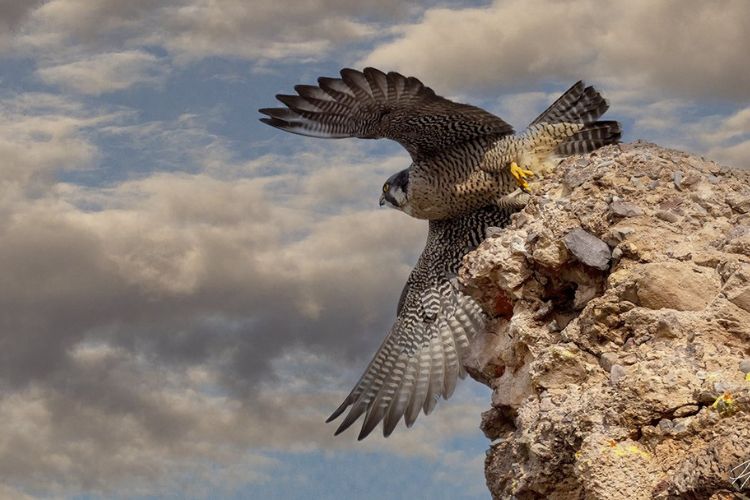
Meet the Peregrine Falcon, a fast and powerful bird of prey that calls Arizona home. These birds are famous for their incredible speed and hunting skills.
Habitat: You can find Peregrine Falcons in Arizona in diverse places like deserts, cliffs, canyons, and even cities. They like to nest high up, often on steep cliffs.
Size and Appearance: Peregrine Falcons are medium-sized birds, about 15-20 inches long with a wingspan of 38-43 inches. They have a cool look, with bluish-gray feathers on top, a black crown, and black markings on their cheeks and under their eyes. Their bellies are mostly white with fine bars.
Diet: These falcons are famous for their super-fast dives to catch flying birds like pigeons and doves. They’re one of the fastest animals on Earth, reaching speeds over 200 miles per hour during their hunting dives. Do Peregrine Falcons Eat Fish?
Behavior and Habits: Peregrine Falcons like to perch high up, giving them a good view for hunting. They are agile and precise when they swoop down to catch their prey in mid-air.
Nest: When it’s time to lay their eggs, Peregrine Falcons don’t build nests like other birds. Instead, they make a shallow pit on the ground or cliff ledge. They often return to the same spot year after year.
Where to Find in Arizona: Look for Peregrine Falcons in places with cliffs or canyons, like the Grand Canyon. They also nest on tall buildings in cities like Phoenix and Tucson.
Breeding Season: Peregrine Falcons in Arizona usually have babies in late winter or early spring. Their numbers have improved after being endangered because of pesticide use.
4. Prairie Falcons in Arizona

Meet the Prairie Falcon, a cool bird of prey that lives in Arizona’s wide open spaces. These birds are great hunters and add to Arizona’s wildlife charm.
Habitat: Prairie Falcons like living in open areas, like deserts and grasslands. Arizona’s dry and spacious landscapes suit them perfectly.
Size and Appearance: Prairie Falcons are medium-sized, about 14-18 inches long, with a wingspan of 32-38 inches. They have a neat look with gray feathers on top and a white belly covered in dark streaks. They also have cool dark markings on their faces.
Diet: These falcons are skilled hunters and eat birds and small mammals. They use their sharp eyes and flying skills to chase down their dinner, which can be anything from ground squirrels to pigeons.
Behavior and Habits: You’ll often spot Prairie Falcons perched on rocks or flying high as they search for food. They are fast and agile hunters.
Nest: Prairie Falcons usually make nests on cliffs, rocks, or even the ground. Their nests are simple, made with sticks and such. Both mom and dad take care of their eggs.
Where to Find in Arizona: Look for Prairie Falcons in Arizona’s deserts, rocky cliffs, and canyons. They love the wide-open spaces.
Breeding Season: These falcons usually have babies from late winter to early spring. They form families and make territories during this time. In Arizona, their population is pretty stable.
5. Crested Caracara in Arizona

Meet the Crested Caracara, a unique bird of prey you can find in Arizona. With its special looks and scavenging habits, it’s a fascinating member of the state’s bird family.
Habitat: Crested Caracaras are adaptable and can live in various places, like grasslands, desert areas, and farmland. They like open spaces.
Size and Appearance: These birds are medium-sized, about 19-23 inches long, with a wingspan of 47-53 inches. They have a cool black and white appearance with a noticeable crest of feathers on their heads.
Diet: Crested Caracaras eat a bit of everything – dead animals, bugs, small mammals, and sometimes even other birds. They’re not shy about scavenging, often finding food in things like roadkill.
Behavior and Habits: You’ll often see Crested Caracaras perched on fence posts or poles, watching the ground for food. They’re opportunistic eaters and don’t mind scavenging.
Nest: When it’s time to have babies, Crested Caracaras build nests in trees or bushes using sticks. They usually lay 2-3 eggs and take about a month to hatch.
Where to Find in Arizona: You can spot Crested Caracaras in various parts of Arizona, especially in open areas and farms. Keep an eye on fence posts and poles – they like to hang out there.
Breeding Season: In Arizona, they usually have babies from late winter to early spring, taking care of their little ones during this time.
Conclusion
Arizona is home to five different species of falcons: the American Kestrel, Merlin, Peregrine Falcon, Prairie Falcon, and Crested Caracara. Each of these species has its own unique appearance and behavior, but they all share a common love of open spaces and hunting. Falcons play an important role in the Arizona ecosystem by helping to control populations of rodents, birds, and other small animals.



